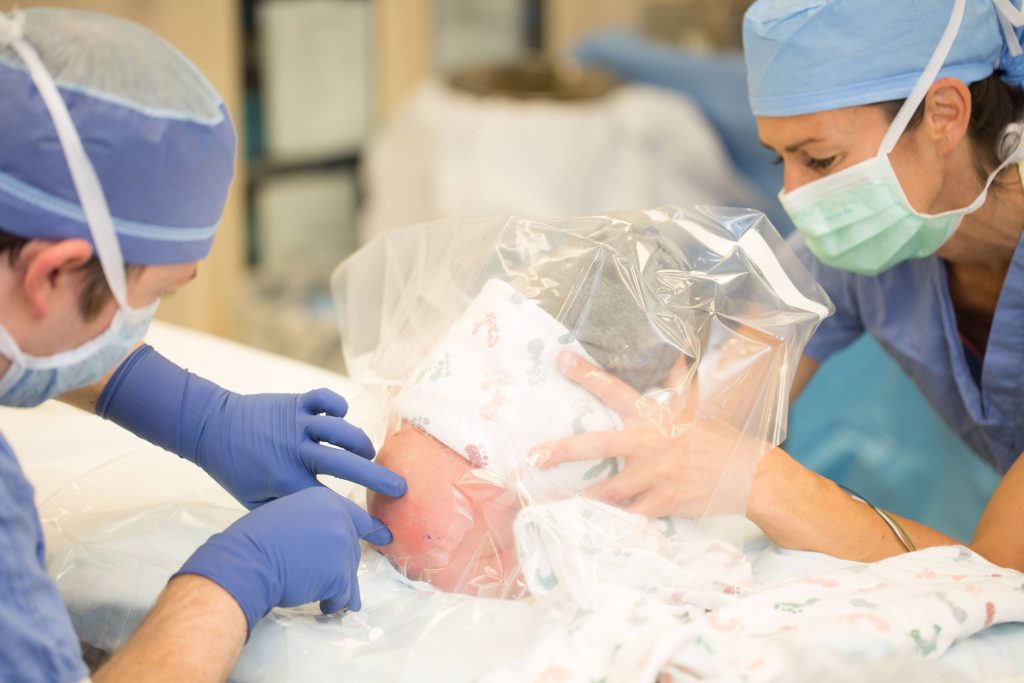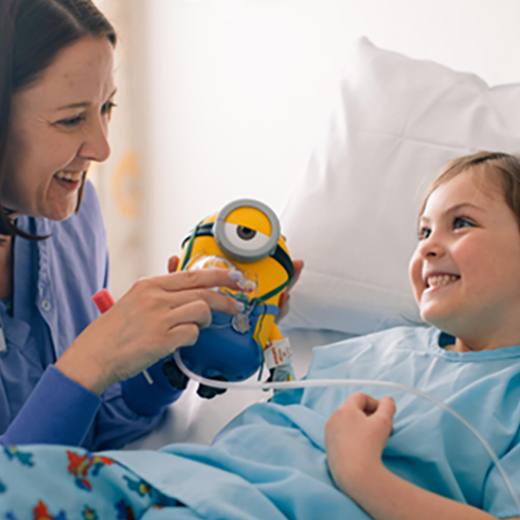-
Mayo Clinic Children's
Ask the Mayo Mom: Spinal anesthesia has advantages for some pediatric surgeries

When a baby needs surgery, parents may be worried about how general anesthesia will affect their child. In place of general anesthesia, Mayo Clinic is using spinal anesthesia in some pediatric urology surgeries.
The advantages of spinal anesthesia include a less time in the operating room and a quicker postop recovery. And since children are never fully sedated, they can feed or eat as soon as they return to the recovery room.
Before surgery, numbing cream is used and preop medication is delivered to the child through the nose. Spinal anesthesia is given using a needle into the patient’s back. This numbs and blocks movement below the belly button.
Because spinal anesthesia only lasts no more than two hours, it is being used for shorter urologic procedures. During the surgery, the child's oxygen, temperature and blood pressure are monitored closely.
On the Mayo Clinic Q&A podcast, Dr. Candace Granberg, a pediatric urologist and surgeon-in-chief of Mayo Clinic Children's Center, and Dr. Dawit Haile, chair of the Division of Pediatric Anesthesia at Mayo Clinic, discuss spinal anesthesia for pediatric urologic surgeries.
______________________________________
For the safety of its patients, staff and visitors, Mayo Clinic has strict masking policies in place. Anyone shown without a mask was recorded prior to COVID-19 or recorded in an area not designated for patient care, where social distancing and other safety protocols were followed.
For more information and all your COVID-19 coverage, go to the Mayo Clinic News Network and mayoclinic.org.

Related Articles







